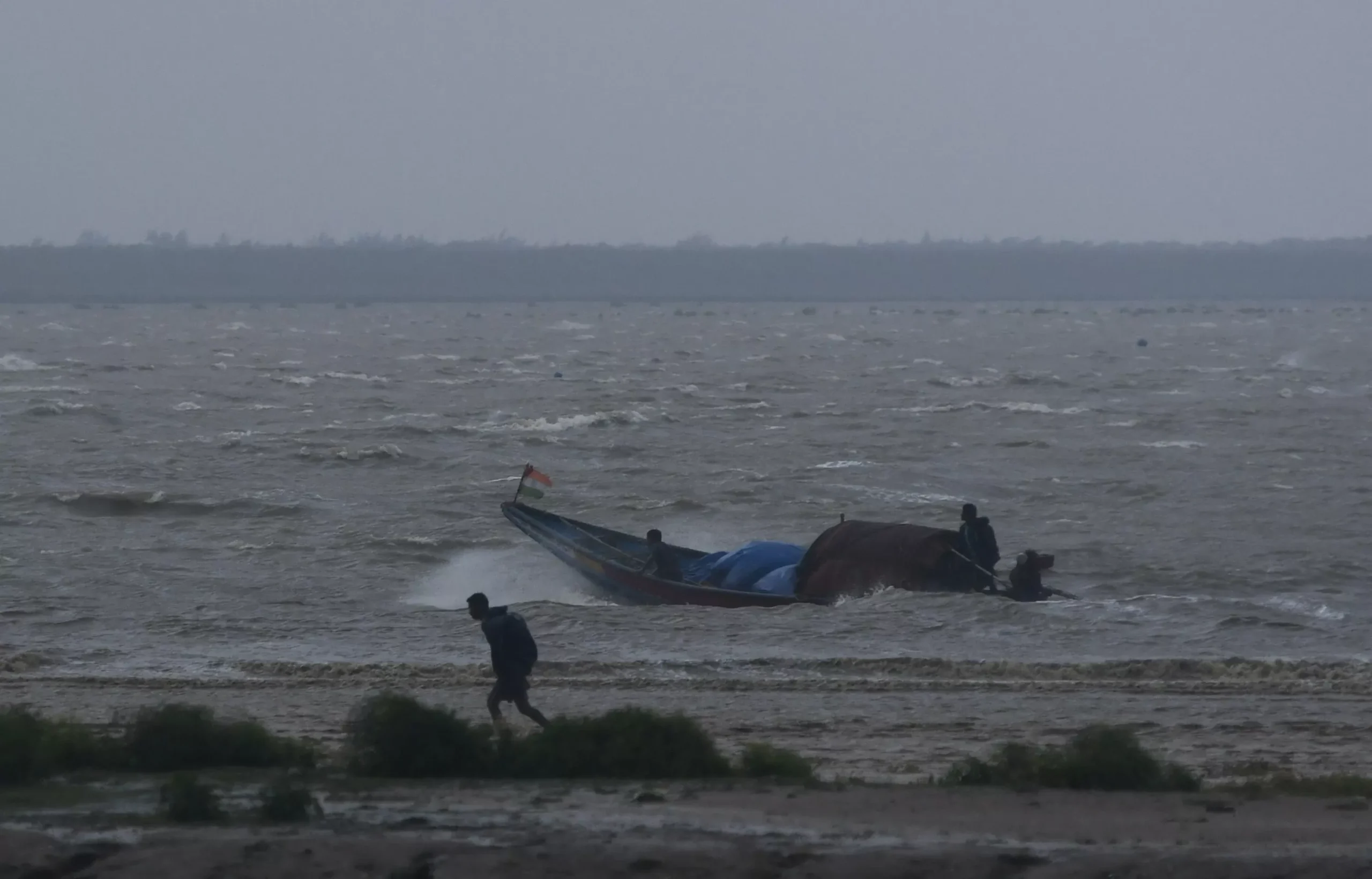Indian authorities have once again shown their commitment to the safety and well-being of their citizens as they evacuated over 1.1 million people to storm shelters inland in preparation for Cyclone Dana. The cyclone, which was expected to hit the low-lying region of India’s eastern coast, prompted the government to take swift action to protect its people.
The evacuation process, which began on Thursday, was carried out by the National Disaster Response Force (NDRF) and state authorities. The NDRF deployed 52 teams to assist in the evacuation and rescue operations, while state authorities also mobilized their resources to ensure a smooth and efficient evacuation process.
The decision to evacuate such a large number of people was not taken lightly. The Indian Meteorological Department had issued a red alert for the region, warning of heavy rainfall and strong winds of up to 120 kmph. The cyclone was also expected to cause storm surges, posing a serious threat to the coastal areas.
In light of these warnings, the government took proactive measures to ensure the safety of its citizens. The evacuated individuals were taken to designated storm shelters, which were equipped with all the necessary facilities to provide them with a safe and comfortable stay. The authorities also made sure to follow all COVID-19 protocols, including social distancing and wearing masks, to prevent the spread of the virus.
The evacuation process was not an easy task, especially during a pandemic. However, the authorities worked tirelessly to ensure that everyone was safely evacuated. The NDRF teams, along with state authorities, went door-to-door to convince people to leave their homes and seek shelter. Their efforts paid off as the majority of the people cooperated and moved to the designated shelters.
The government’s quick response and efficient evacuation process have been praised by many, including the United Nations Office for Disaster Risk Reduction (UNDRR). In a statement, the UNDRR commended the Indian authorities for their proactive approach in dealing with natural disasters and for their efforts to minimize the impact of Cyclone Dana.
The evacuated individuals were not only provided with a safe place to stay, but the government also ensured that they were well taken care of. Food, water, and other essential supplies were provided to them, and medical teams were also deployed to attend to any emergencies. The government also assured the evacuees that they would be provided with all necessary assistance until it was safe for them to return to their homes.
The evacuation process was not limited to just humans. The authorities also took measures to protect livestock and other animals in the affected areas. Special teams were deployed to rescue and relocate animals to safer areas, ensuring their safety as well.
The efforts of the Indian authorities have once again highlighted the importance of disaster preparedness and the need for prompt action in the face of natural disasters. The government’s proactive approach and efficient execution of the evacuation process have undoubtedly saved many lives and prevented a major disaster.
As Cyclone Dana continues to move towards the eastern coast of India, the evacuated individuals can rest assured that their safety is the government’s top priority. The authorities are closely monitoring the situation and are prepared to take any necessary measures to minimize the impact of the cyclone.
In conclusion, the evacuation of over 1.1 million people to storm shelters inland is a testament to the Indian government’s commitment to the safety and well-being of its citizens. The efficient execution of the evacuation process and the provision of necessary assistance to the evacuees have once again showcased the government’s dedication to protecting its people. Let us all hope and pray for the safety of those in the affected areas and for a quick recovery from the aftermath of Cyclone Dana.





![Complete BritRail Pass Guide [Types, How to Use It, Pros + Cons]](https://inside-news.uk/wp-content/uploads/2025/06/00221EB4-BCA2-4DBB-6CD4-83DBC37D71FA-120x86.webp)
















